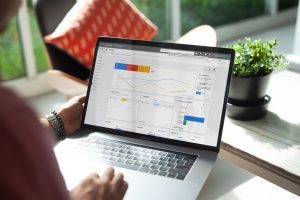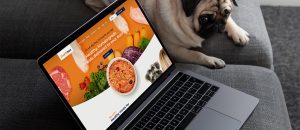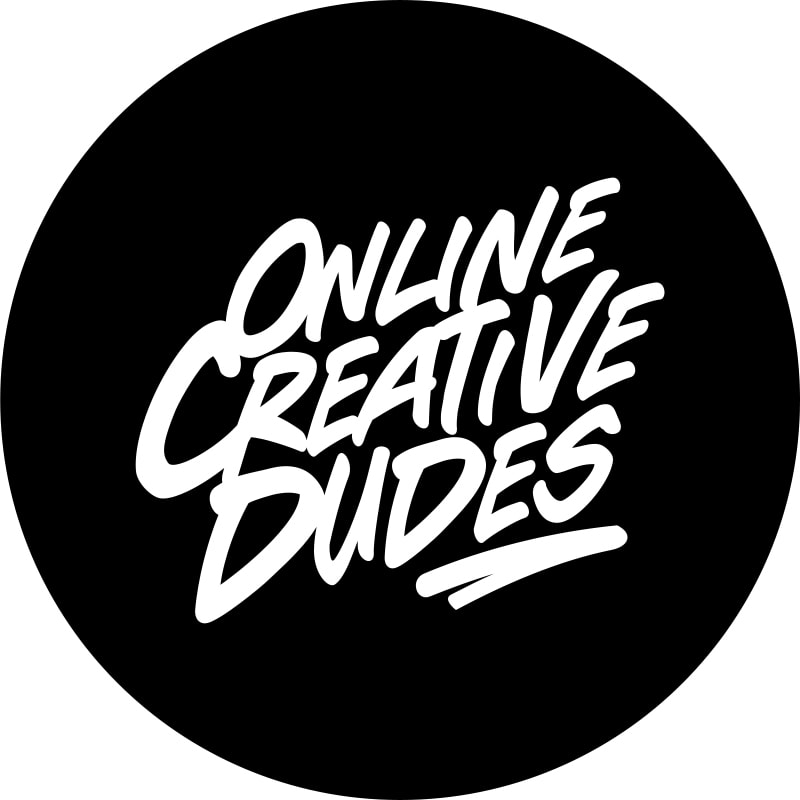A website that doesn’t convert is a terrible thing.
What’s the point of having a beautiful website if it doesn’t work? Visitors come to your site and leave, never to be seen again. That time you spent forking out thousands of dollars on designing and building your site could have been spared if you had just read this blog post. So before you ask, “why does my website not convert?”, we’re going to show you some things to look out for.
1. Crashing or poor speed of your website
Having a website that is slow, crashes, freezes and is generally difficult to use is the worst thing that can happen on the internet. So many people just leave and never come back. Look at the one above this line! Literally, it takes 7 seconds before anything is shown. I know it’s the homepage but still… 7 seconds? That’s just too long. The page above took 5 seconds to load so that’s not too bad but imagine if every page takes 5 seconds to load – and every page has 7 different images – you have a lot of empty space in your browser while waiting for images to load. Then your site just crashed and you’re waiting another 5 seconds to see your browser pop up again. This is a very frustrating experience, especially when you are on a tight schedule and need to get things done. A website that is slow and keeps on crashing will destroy the user experience of your visitors.
2. Lack of content
It’s no secret that more content equals more exposure. The more content you have, the better it is for SEO purposes and for providing information about what your website does. If you have no information or put up one or two pages, it leaves the visitor with too much empty space when they arrive at your site. Having a nice landing page with a simple message that says “read more about us” is just not enough for your visitors.
3. Lack of optimised images
Images are an important part of the website content, especially if you are in the online retail industry. Images are used to help sell your products or services and they also show what’s on offer. If you don’t use images optimally, this will leave the visitor wondering what they can get out of it. If you have text only, then there is the possibility that the visitor will leave before even reading it because they may be looking for more details or visuals.
4. Poor user experience
Not providing your visitors with a good user experience will leave them confused about what your website is about. If you have a nice, clean and simple website, this is great. However, if you are trying to present too many products or services for your visitors to look at in just one page, the visitor will be overwhelmed. There is a rule of thumb that says: less is more . Less content on your website means that each one of your pages can be optimised so that it gives out more information than if you put up 20 pages on the same subject. This is not to contradict our 2nd point, we are just meaning that the content needs to be relevant, engaging, solutions/benefits driven and clear.
5. Not conversion friendly or lack of CRO (Conversion Rate Optimisation)
Your website needs to be conversion friendly and this is achieved with Conversion Rate Optimisation (CRO). CRO is the process of improving your website so that it makes it easier for the visitor to convert. This means that there are calls to action, conversion paths and other elements in place to get the visitor from where they enter your site, to eventually making a purchase or filling out a form.
Some ways how you can improve your CRO are:
- Adding a call to action – this is a button, link or visual element on your page that tells the viewer what they need to do next. An example could be: “Buy now”, “Register” or “Get quotes” etc.
- Homepage Website design & optimisation – this is the first page that your visitor sees when they come to your site. This page needs to be very well-targeted and focused around a single topic, objective or message.
- Use both text and visuals – as mentioned previously, images are an important part of the website content. People respond better to visuals than text so make sure you don’t forget this!
- Make it personal – if you know something about your visitors before they have even converted, say for example if they are a returning customer or have visited your site for some time and have looked at certain products, then you can personalise the experience still further.
- Make your site more user friendly – ensure that the typography and language is really easy to understand. If a visitor can’t understand what you are saying, there is no chance that they will convert.
- Avoid distractions – this is where social media icons play a role. Social media buttons are very distracting and should be kept away from the main focus of your website and landing pages in particular.
So, now that you know what to look for when it comes to conversions and what your website needs in regards to that, take a look at how your current campaigns are performing. These campaigns could be managed Adwords campaigns, SEO strategy or general website performance based on online/offline marketing efforts. If you’re not happy or think that things could be improved, sling us a message. Advice and a chat are always free.




